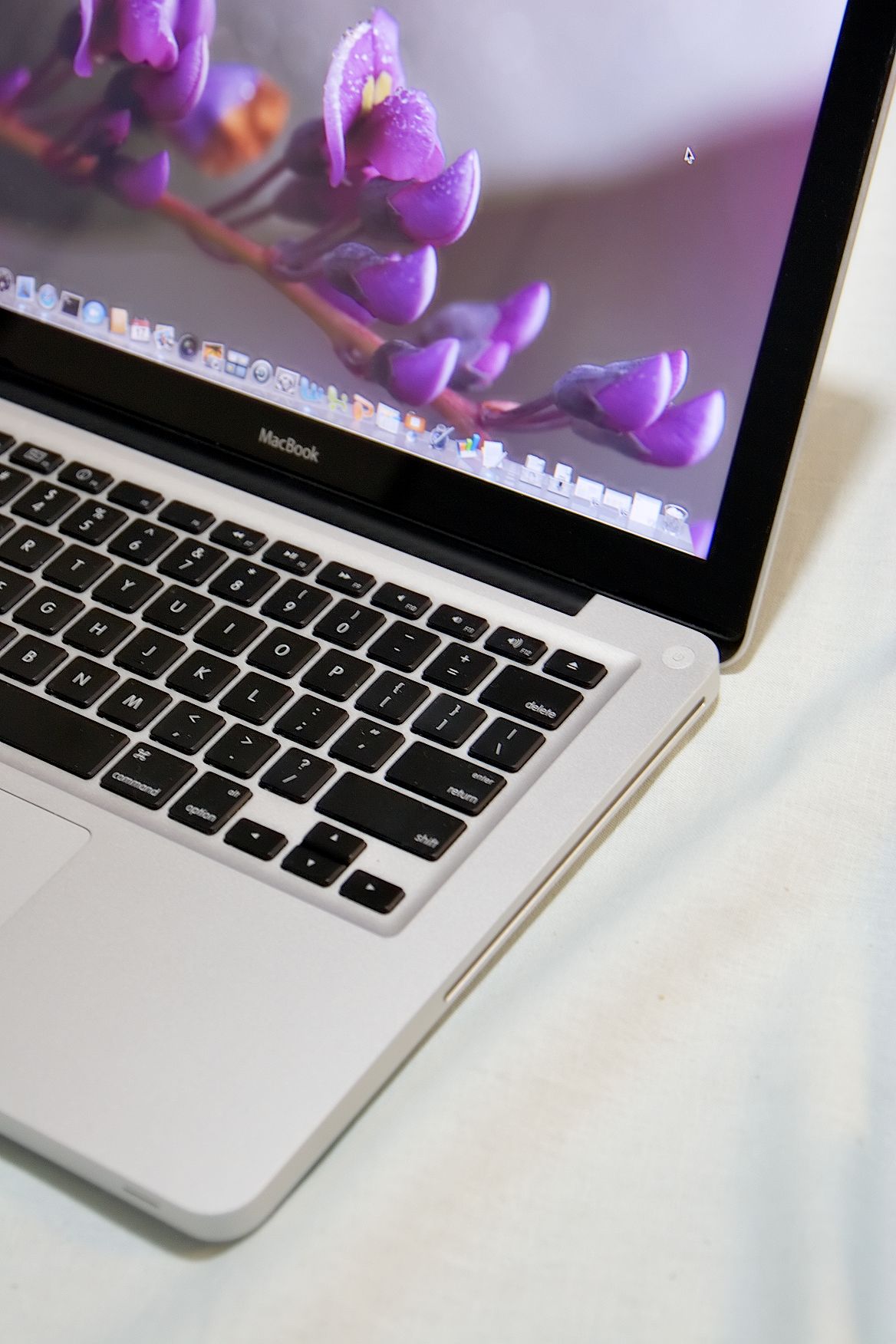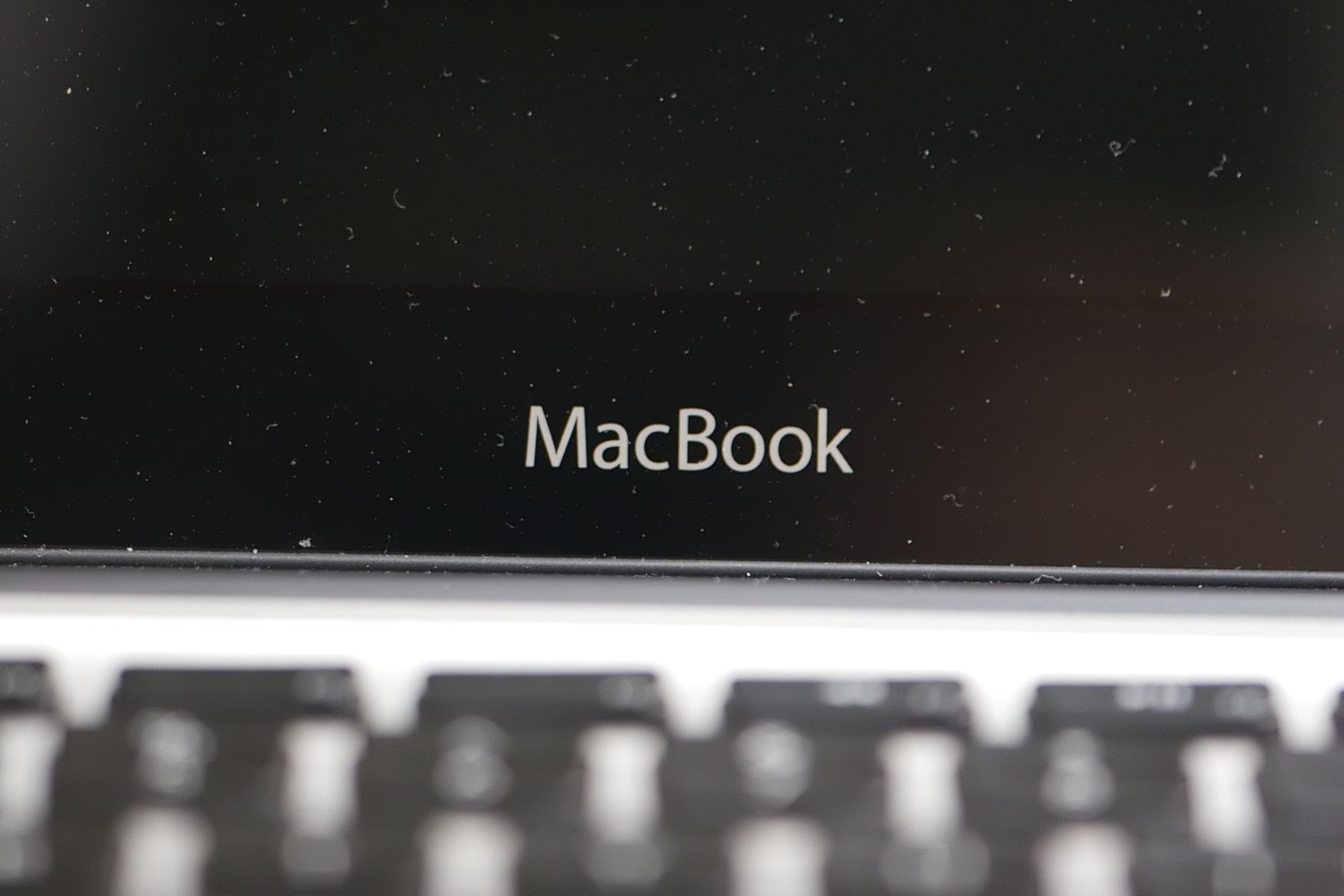Introduction
I never had a good reason to switch to a Mac. Windows NT, 2000, XP, and Vista x64 had all served me well. My systems were always hand-built with the best-of-class components. For almost a decade, the only motherboards I used were from Abit, Asus, DFI, Gigabyte, Intel, or Tyan. The only memory modules in my system were from Corsair, OCZ Technology, or Intel-supplied FB-DIMMs using Micron or Samsung modules. My preferred power supply manufacturers? Silverstone, PC Power&Cooling, and Corsair.
With these components, my home-built systems were rock-solid, running months at a time, requiring a reboot only after installing new video card drivers. Building my own PCs also meant robust overclocking capabilities. I had been a student of the black arts of overclocking during an era when changing the bus speed meant unsoldering a physical crystal on the motherboard. Socketed crystals were a revelation, and I couldn’t have imagined a world of BIOS-controlled clock generators and the granularity of tweaks available to us today.

I had also adopted robust security practices. My PC was double NAT’d with my ports closed down. I had purchased Vista Ultimate to run Vista x64 to minimize the risk of rootkit exploits and to ensure secure timely updates and patches. I kept my system updated, downloading hotfixes even before they showed up on Windows Update. I was using Symantec Anti-Virus Corporate Edition, relying on the best available data from av-comparatives.org to make my decision rather than hand-waving and conjecture.
While Windows made up the bulk of my day-to-day use, I was still well-versed with alternative operating systems. I had dabbled with BeOS R4 in college and my academic research in medical school required software running IRIX 6.5. Between Windows, UNIX, and Linux, I never saw a need to add a Mac to my system.
Everything changed on October 8, 2008. To this day, I still don’t have all of the details. My computer had been on all day, but I had only been on the Internet for a few minutes, when I suddenly began receiving a flurry of emails to my account. They were all spam bounce-backs coming to my email. My first thought was that the reply-to headers were being spoofed or that the SPF filter was defective. I started checking the headers and my heart skipped a beat--the spam was truly coming from my system. In a move worthy of a Hollywood film, I rushed for the master power switch on the PSU and shut the whole thing down.
Not yet willing to admit defeat, I pulled the hard drive from my desktop PC and brought it to a clean PC, hoping to identify the malware that had infected my system. Nothing showed up. I tried the Symantec Rapid Release updates and several other anti-malware suites. The system was reported as clean. October would be the month where Microsoft would patch several critical vulnerabilities and it would later become clear that I had been hit by a zero-day exploit.
For a PC user since 1985, starting with a PC clone powered by a NEC V20 CPU, this was the first time I had seriously been affected by malware. What if the malware had reached into my address book and sent spam to my boss or co-workers?
Get Tom's Hardware's best news and in-depth reviews, straight to your inbox.

I had three options, all of which would require considerable amounts of time. One was to reformat the HDD and start with a fresh install of Windows Vista. It’d be tried and true, but it was still going to take a lot of time to redo the whole thing. I could switch entirely to Linux. I had already switched from IRIX to Linux several years ago, so I was already comfortable managing and troubleshooting Linux systems. Unfortunately, I still needed a system capable of running the Adobe Creative Suite and Microsoft Office. Open source alternatives to Adobe Creative Suite didn’t have the same quality or capabilities that I needed, while OpenOffice lacked the same multi-core computation capabilities that Excel offers for some of my more complex spreadsheets. The third option was to try switching to a Mac.
The timing couldn’t have been better; Apple was planning to update their notebook line the following week. I’d pick one of the notebooks up, give it an earnest go to see if a die-hard Windows and Linux user could switch to the Mac and document the whole thing. I’d play with the Mac for a month and then give the notebook away to my parents. When Core i7 desktop processors were available in greater quantities, I’d rebuild my Windows PC then.
I had no plans to switch from Windows to Macintosh permanently. All of my data had been stored on NTFS-formatted external drives and all my applications were for Windows. I was too careful, too savvy, and too poor to switch to a Mac.
It was only supposed to be an experiment.
It was only supposed to be one month.
But it happened anyway. I’ve switched to a Mac.
-
mrubermonkey My spider sense is telling me that Tom's is desperate to bring in more readers with the release of this article, which is bound to conger up the same epic comment wars regarding Mac vs. PC of Mac articles past.Reply -
curnel_D Yawn. Basically, you were just explaining a normal notebook that costs more than it should. It's slightly thinner by the standards in it's class but is 0.38" really a big deal? (No.) The famed apple screens can be outperformed and sometimes for cheaper if you shop around, upgradability is shaky at it's very best, and it is generally more expensive than everything in it's class.Reply
Then of course, you list the Mac OS X as an improvement over the PC's. That's where almost every single person will find error in your article. It is nothing more than a watered down version of more powerful unix/linux OS's. Anyone who has work to do, wont use this. Yawn. -
ravenware ReplyI had three options, all of which would require considerable amounts of time. One was to reformat the HDD and start with a fresh install of Windows Vista. It’d be tried and true, but it was still going to take a lot of time to redo the whole thing. I could switch entirely to Linux. I had already switched from IRIX to Linux several years ago, so I was already comfortable managing and troubleshooting Linux systems. Unfortunately, I still needed a system capable of running the Adobe Creative Suite and Microsoft Office. Open source alternatives to Adobe Creative Suite didn’t have the same quality or capabilities that I needed, while OpenOffice lacked the same multi-core computation capabilities that Excel offers for some of my more complex spreadsheets. The third option was to try switching to a Mac.
When Core i7 desktop processors were available in greater quantities, I’d rebuild my Windows PC then.
I was too careful, too savvy, and too poor to switch to a Mac.
This seems rather illogical. Reformatting the drive wouldn't cost anything but time and if your too poor then why spend 1300+ on a new computer? You would also still spend time and possibly more money on installing your apps.
You also spent time and money on upgrade options.
Who is "We"? We is used often in the article, I thought this article was one mans account/review on switching over to a mac.
I would like to know more about what you actually do for a living and what you really use your computers for too.
I and the majority of the Toms hardware readers are diehard windows users too and I can not afford to pick up a $1300 laptop to see if I like it or not. So I am very interested to see how this unfolds.
-
ravenware Oh yeah, why would the need to reformat your computer lead to building a new core i7 machine?Reply -
one-shot ..The scent of Mac-ness and the sense of power that comes with it. Maybe spending twice as much isn't such a bad idea after all.............Reply -
marraco Reply
I found lots of spam "comming" from my computer. Even when I had run Linux -Live CD only- for a month.
Headers are easy to fake, so, are a common spam trick, to hide real spam origin.
By the way, there are some easy fix you could had used:
1- Use virtual machines to access Internet.
2- Use utilities as Norton Ghost for fast "formatting". In minutes your computer restore a partition image ready to use with all your software installed.
I don't want to hurt your feelings, but it looks like you spent an enormous effort to justify pay for an overpriced Mac OS (overpriced because the obsolete hardware you had buy does not wort a penny, so you are paying for the OS only). -
Pei-chen Reads like crap only Anand himself would have written. You went Mac because someone better (a hacker, virus writer, whoever) defeated you? That's like saying you went gay because someone get the girl you're after.Reply
BTW, where are the reviews of web based Java game we were promised? You got a Mac so you're not reviewing SC2 that's for sure. -
chaosgs Why would anyone "switch" to a mac, when pc will do everything you need for half the price. Everything you mentioned in this article, all pc's (vista pc's) in the world can do at half the price.Reply
As for security, i don't need security on my computer, i NEVER get any viruses, and if i did Norton or avg would take care of all that.
Mac aint got shit on pc. -
arkadi It more like an opinion (commercial stile) not a review. It a good article with all the specs and the pictures, but it far from being objective. And the suggestions that was made here...If you writing a review, you can't emphasize the superiority of your product on expanse of other (Microsoft in this case).Reply